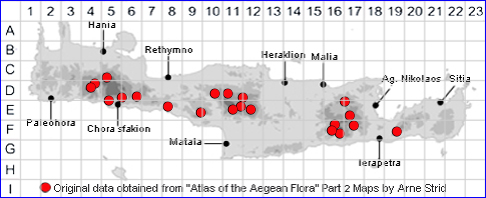
HOLOSTEUM UMBELLATUM subsp. UMBELLATUM
Family:- CARYOPHYLLACEAE
Common Names:- Umbellate or jagged chickweed.
Synonyms:- None
Meaning:- Holosteum (Gr) Whole-bone, A name used by the Greek physician and
botanist Dioscorides for a chickweed-like plant.
Umbellatum (L) With the branches of the inflorescence all rising from
the same point.
General description:- Annual.
Stem:-
1) 5-20(-35) cm. Erect, simple or branched, usually covered with a waxy bloom
(glaucous) towards the base.
2) Glandular hairs more or less confined to middle part of the stem.
Leaves:-
1) Basal, oblanceolate, narrowed into the stalk (petiole).
2) Cauline elliptical, stalkless (sessile).
3) All leaves acute, entire.
4) Glandular hairs more or less confined to the margins of the leaves.
Flowers:-
1) In simple umbels on slender stems (pedicels) of varying length.
2) Pedicels deflexed in the young fruiting stage.
3) Petals, about twice as long as the sepals; white or pale pink.
4) Stamens usually 3-5.
Fruit:-
1) Capsule, cylindrical, somewhat narrowed above, twice as long as the sepals.
2) Seeds 0·5-1 mm, reddish-brown.
Key features:-
1) Glandular hairs present.
2) Seeds up to 1 mm.
3) Lower part of the stem glabrous.
4) Stamens usually 3-5.
Habitat:- In a variety of open often sandy or gravelly, seasonally damp habitats.
0-2100 m.
Distribution:- C., E. and S. Europe, extending northwards to S. Sweden. On Crete
mainly confined to the Lefla Ori, Kedros, Psiloritis and Dikti massifs.
Flowering time:- Mar-June
Photos by:- Dr. Armin Jagel.
SPECIES DESCRIPTION
